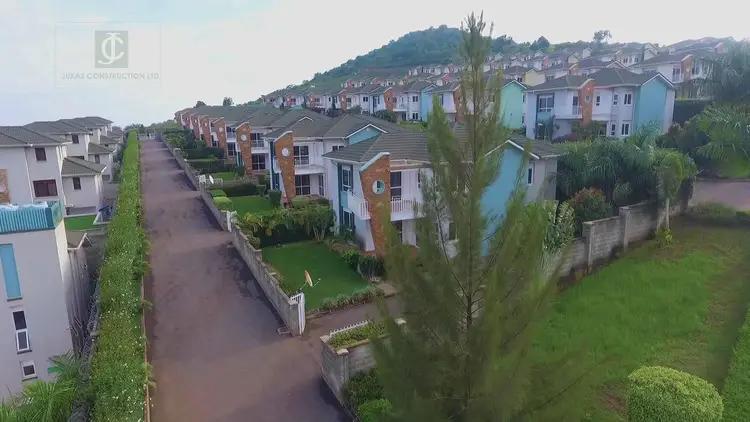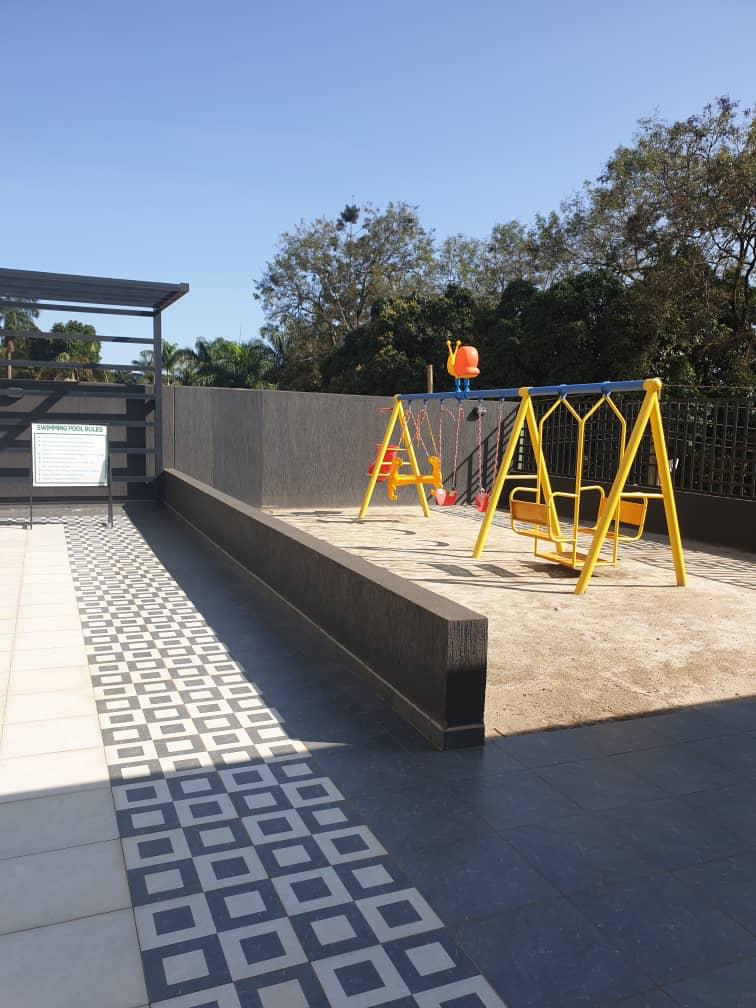RESIDENTIAL COMMUNITIES: THE WAY TO FUTURE LIVING IN SUB-SAHARAN AFRICA
Gated residential developments have been a property market`s recent phenomenon. With the crumbling of the Soviet Union`s block of influence and end of the Cold War, new realties in regard to the triune aspects of governance (social, economic and political) for African nations in general, and Sub-Saharan Africa in particular, set in (Bandauko, Godwin, Nyantakyi‑Frimpong, 2021). The whole socio-economic fibre of many nations in the latter part of the world was revolutionized. Blueprints of western social, economic and political structures began being adopted at a fast rate. Privatization and open market policies brought forth the creation of a nouveau riche as well as a wealthy middle class, ardently demanding high-end accommodation and leisurely comfort, in affirmation to their newly attained status. On top of that government started retracting from involvement in socio-economic endeavors and giving way to the private sector, including in areas previously regarded as state-monopolies such as security.

Enough with the historical background for now, and let`s delve deeper into technicalities to grasp what Residential Communities` set up looks like. Having gone through various publications containing definition for such developments, the one of Roitman (2008) turns out to be the most elaborate. “Closed urban residential settlements voluntarily occupied by a homogeneous social group, where public space has been privatized by restricting access through the implementation of security devices. Gated communities are conceived as closed settlements from their inception and are designed with the intention of providing security to their residents and prevent penetration by non-residents; their houses are of high quality and have services and amenities that can be used only by their residents, who pay regular compulsory maintenance fees. They have a private governing body that enforces internal rules concerning behavior and construction.”
Africa currently has the highest real-estate value growth potential in the whole “world” (Watson,2020), and most of the residential development of notoriety in terms of size and class, are being undertaken in urban centers. Wealthy members of African society are craving for paradise-like enclaves within crowded cities. Let us now try to navigate through factors taken into consideration by the above-mentioned social grouping, when faced with the task of finding suitable habitat.
Safety and Security
At the heart of all concerns, fear of crime and burglary holds top position for clients on a global perspective; Narrowing down on geographical narratives and to draw more relatable parallels, let us take Nairobi `s gathered data as reference.
According to Muiga and Rukwaro (2017) findings, 70% of the interviewees chose to live in gated communities because of physical security features that enhance their safety. Whereas 89% of interviewed neighbours stated that if option presented itself, they would be willing to move into gated communities, with 30% of them pointing to security as the leading factor. Therefore, a properly secured and gated environment, will alleviate to a maximum extent the fear and occurrence of crime, burglary and theft, making day to day living an enjoyable commodity.
Amenities matching higher-end needs
Gated Residential Developments are characterized by the integration of good lifestyle facilities such as Gyms, Spas, Swimming Pool, Children`s playground, Restaurants, Bars, Pharmacies, Supermarket, Backup Generators and so on, in their overall design. All these factored in amenities make out of a Gated Community a serene escapade from the “outside” world, which at times given the congestion and booming increment in urban population, can be quite “chaotic”.

“Status and Prestige” Symbol
The advent of secured and gated developments started marking territories of prestige and higher societal echelons, accessible only to the wealthy. (Blakely and Snyder, 1997) states that they “provide the cachet of exclusive living”. Whereas Caldeira (2000) coining a new terminology, the “aesthetics of security”, highlights the fact that “the more ostensibly secure and enclosed the property, the higher its status”.
Just like the accumulation of more riches calls for secure and diversified banking, then the expansion of the wealthy sector of African populace also seems to be calling for luxuriously secure Residence.
Noteworthy mentioning is the fact that the expansion of these gated communities carries negative repercussions on social equality. In principle, the underlying basis of their inception and development, clashes with United Nation`s goals and vision of inclusiveness and sustainable growth.
(https://sdgs.un.org/goals/goal11).
Nevertheless, the high demand for real estate and bullish growth of many of Sub-Sahara African economies, will propel the expansion of gated residential communities to higher levels. And like the developed part of the Globe, Governments` institution will step up and work on mitigative procedures, and accommodate the need of both sides of the spectrum.
